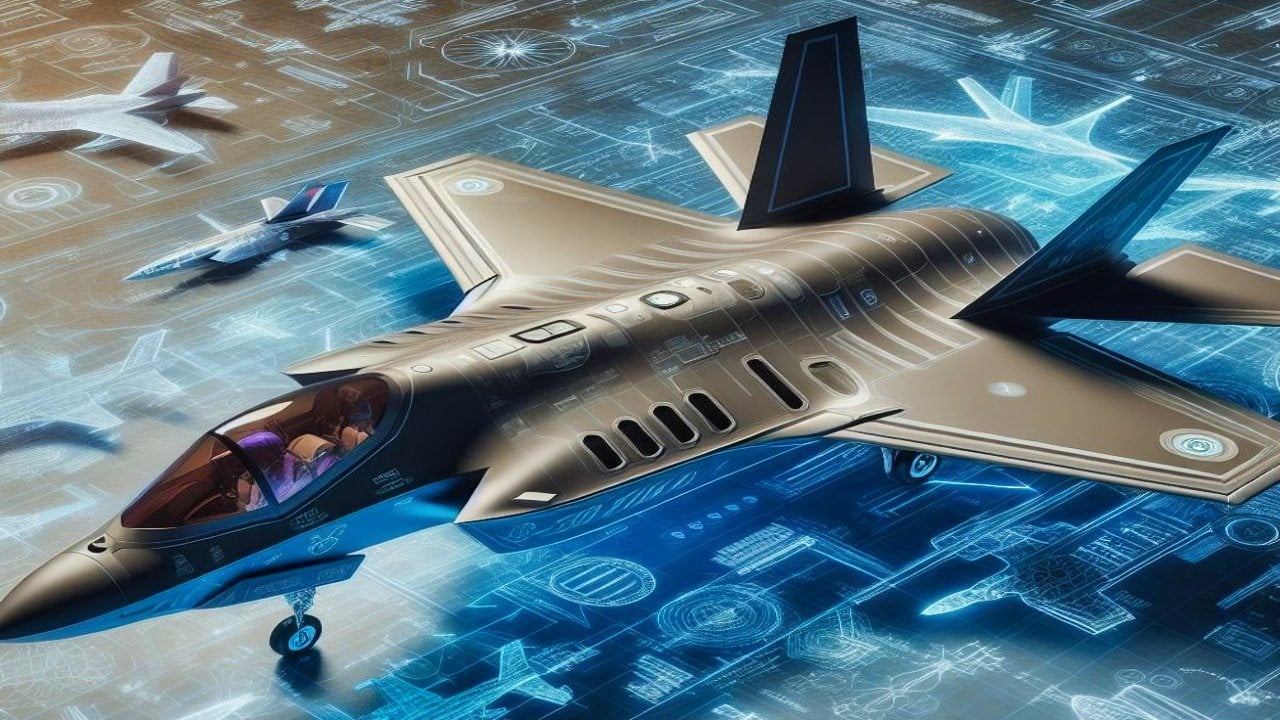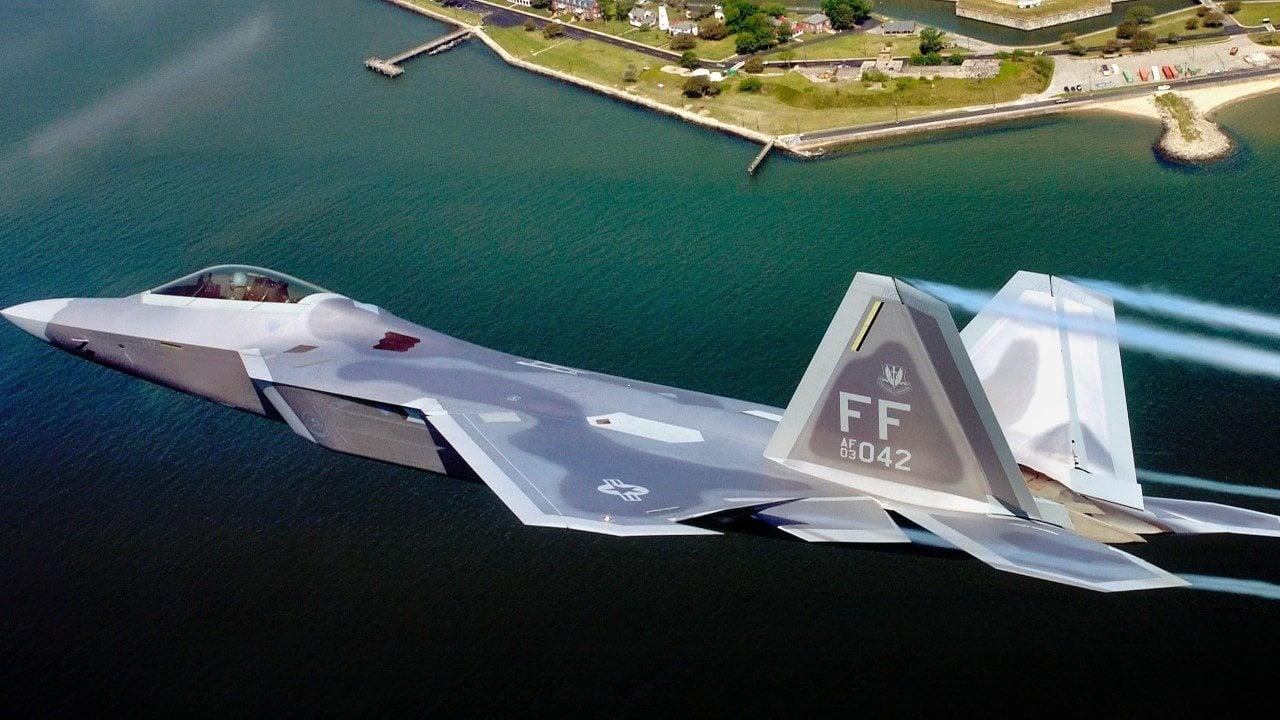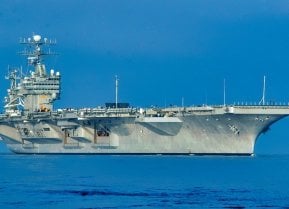Expert Explains: Why the U.S. Air Force Is in Serious Decline
The Air Force today would struggle to execute another Desert Storm, much less take on a peer adversary like China.
In September, the United States Air Force celebrated another birthday. At age 76, it is in bad shape.
Despite lowering qualification standards, it cannot attract enough recruits to fill its ranks. The size and serviceability of its combat aircraft are at all-time lows. Truncated training has weakened pilot readiness.
In sum, the Air Force today would struggle to execute another Desert Storm, much less take on a peer adversary like China. Even more distressing, the service’s leaders show no interest in pulling out of that downward spiral. Let’s start with a few facts.
U.S. Air Force Recruiting
The active duty Air Force missed its FY 2023 recruiting goals by 11 percent. Its Air Reserve component fell short by 30 percent. The chief of Air Force recruiting said the numbers would have been much worse had the service not changed its policies regarding drug use, body composition, age, and the like. While some deny that equates to lower standards, it most certainly brings them into question.
Standards
From its founding in 1947 through the end of the Cold War, the Air Force placed a premium on building and sustaining a cadre of the most exceptional aviators in the world. Selection for flight school was based on performance during the accessions process and previous flight experience—criteria that sent those with the highest potential to excel to flight school. Screening for excellence continued through every phase of training beyond.
Washout rates for flight schools exceeded 20 percent in the 1980s, and the bar was high for every successive school beyond. But the drive for efficiencies in the 1990s and the initiative to improve racial diversity in the 2020s has made a mockery of the screening process. In 2021, just 0.27 percent of flight school candidates were eliminated because of performance. Screening beyond flight school is effectively non-existent, even for promotions.
Every Air Force captain without legal or ethical issues has been promoted to Major since 2017, which means even poor performers graduate and advance. Accessions, training, and promotion standards are at all-time lows, which places the big picture—the service’s ability to execute its wartime mission—into jeopardy.
U.S. Air Force Capacity and Readiness
At the height of the Cold War, the Air Force had 4,468 fighter and 331 bomber aircraft in its total force inventory. Roughly eight out of ten were mission-capable. Today, it has just 1,932 fighter and 140 bomber aircraft. On any given day, only six of every ten are fit to fly combat missions. In a war with China, the Air Force could generate just 32 percent of the fighter and bomber capacity it could in 1987. Unfortunately, unit and individual pilot readiness levels have also fallen to unprecedented levels.
At the height of the Cold War, the average fighter pilot flew more than 160 sorties/200 hours a year. In 2022, Air Force fighter pilots averaged just seventy-four sorties/129 hours a year. They also averaged less than two of the three mission simulator sorties they are supposedly required to receive each month. By the service’s own definition, there isn’t a squadron in the Air Force that could be considered mission-ready.
One reason the Air Force became a separate service 76 years ago was that the U.S. Army seemed disinterested in sustaining the health of its air arm. Following a 1923 study known as the Lassiter Report, which documented the sorry state of military aviation, Gen. “Billy” Mitchell began a campaign designed to alert the public to the dangers of this neglect.
History appears to be repeating—only now it’s not the Army, but the service charged with dominating the skies that seems to have lost interest in air supremacy.

In 2021, Gen. “CQ” Brown, then the Chief of Staff of the Air Force, wrote a paper titled “Redefine Readiness or Lose.” Oddly enough, Gen. Brown never redefined readiness. Rather, a year later, one of the service’s most senior leaders held a brainstorming session with major think tanks soliciting suggestions on how to shift the public narrative away from (its lack of) readiness.
And now, in FY 2024, the service has budgeted for fewer flight hours than it has in any year since its founding.

A century after the Lassiter report, the Air Force has become the service it divorced in 1947. It will take more than a new “narrative” and fancy slogan to make it right again.
About the Author
John “JV” Venable, a graduate of the U.S. Air Force Fighter Weapons Instructor Course, is a Senior Research Fellow for Defense Policy in the Center for National Defense at The Heritage Foundation.
All images are from Shutterstock.


